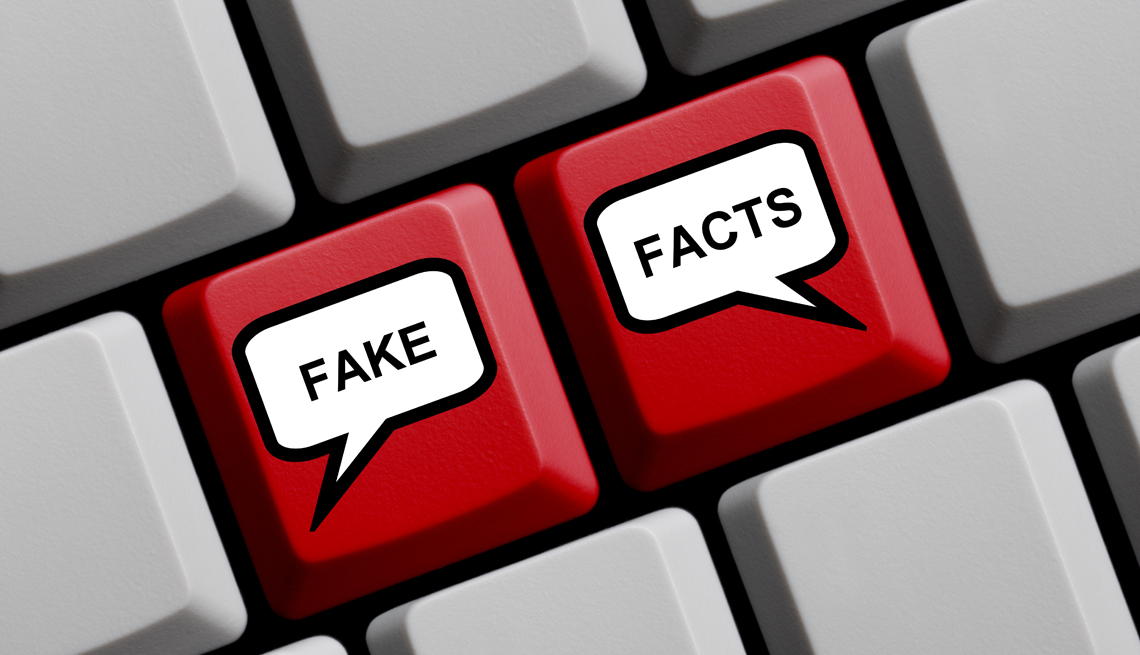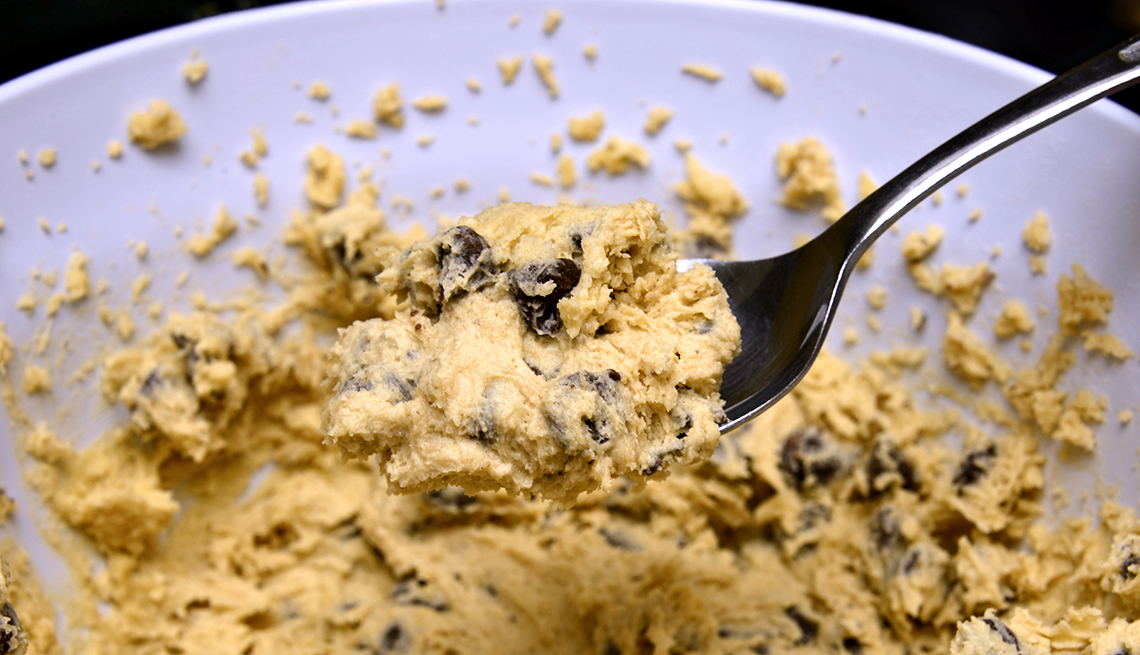
- Select a language for the TTS:
- UK English Female
- UK English Male
- US English Female
- US English Male
- Australian Female
- Australian Male
- Language selected: (auto detect) - EN
Play all audios:
Still, Groh cautions that just because a video is grainy or blurry doesn’t mean it’s a deepfake. “One of the really sinister things about deepfakes is they get people questioning whether any
real video is actually real,” he says. If you understand how such deepfakes are produced, you may begin to notice the stuff that’s somehow off. Groh built a Detect Fakes website where you
can check out a variety of images. Half are real; half are fabricated. You can take a stab at determining which are which, and via a slider indicate your level of confidence that you got it
right. 5. BE WARY OF SCREENSHOTS. Doctored screenshots of web pages from major news organizations are out there, too. If you see screenshots without a link to the original story, that’s a
red flag, Covington says. Always seek out the live story in its original context. 6. SEARCH USING A PHOTO. Employ a reverse image search to learn more about a picture’s origin. Visit
images.google.com, click the CAMERA ICON 📷, and either drag or upload an image or paste its URL. If you have an Android phone or tablet, open the Google app or Chrome app, go to the website
with the image, touch and hold on the image, and tap SEARCH IMAGE WITH GOOGLE LENS. Reverse image searching is also available on such third-party websites as TinEye.com. By taking advantage
of reverse image search tools, you might learn what credible news outlets or a site such as FactCheck.org, a project of the University of Pennsylvania’s Annenberg Public Policy Center, can
tell you about an image. You also may discover the age of the picture and be able to tell if it was manipulated. FactCheck.org and the Poynter Institute’s PolitiFact were among 10 U.S.
partners in Meta’s worldwide fact-checking efforts, which included research in languages in addition to English. FIND THE BEST SOURCE 7. CHECK OUT THE INFORMATION’S ORIGIN. If you come
across an unfamiliar source in your search results, perhaps a less well-known news organization or medical website, and want to confirm that it’s trustworthy, do a quick search to see what
other credible sources say about that site. This skill is called lateral reading. 8. CONSULT OTHER GOOGLE SEARCH TOOLS. Descriptive FEATURED SNIPPETS that highlight a piece of information
about your query, including its source, often accompany Google search results. Google’s latest AI models also help it understand when a featured snippet might not be the most helpful way to
present information. For example, the query “When did Snoopy assassinate Abraham Lincoln” correctly provided a snippet identifying John Wilkes Booth as Lincoln’s assassin. Google has
determined that answering questions with a false premise accurately is not the best way to surface results and now trains its systems to detect these faulty searches. Google’s ABOUT THE
SOURCE tool provides context to search results. Summon the tool by clicking or tapping on the THREE VERTICAL DOTS ⋮ next to a search result or by swiping up in the Google app on your phone.
LET BREAKING NEWS DEVELOP 9. PRACTICE PATIENCE. Sometimes news travels faster than the known facts about an ongoing event. Google says it will show what it calls content advisories that
indicate you might be better off checking back later when it has a higher level of confidence in search results. “This doesn’t mean that no helpful information is available, or that a
particular result is low quality,” Pandu Nayak, now Google’s chief scientist of search, wrote in 2022 on a Google blog. “These notices provide context about the whole set of results on the
page, and you can always see the results for your query, even when the advisory is present.” 10. ASK THREE SIMPLE QUESTIONS. To avoid the trap of misinformation, start with three questions
from the Stanford History Education Group, says Mahadevan of MediaWise. * Who is behind the information? * What’s the evidence? * What are other sources saying? Ask those, and “there is a
very good chance that you will not be fooled, whether it is a phishing attempt [or] a doctored video of Joe Biden,” he says.





